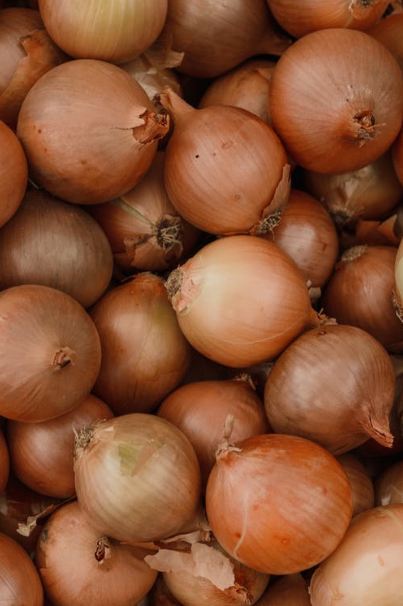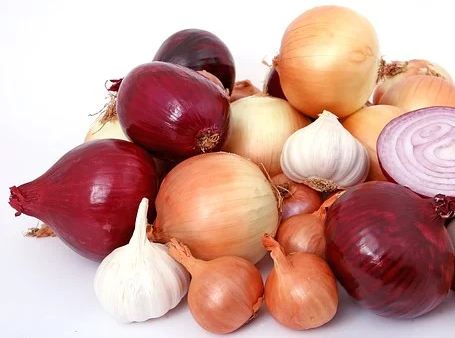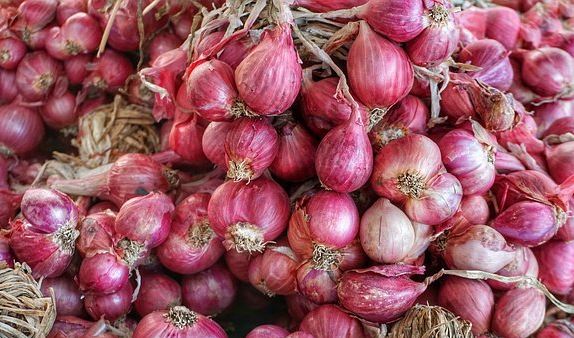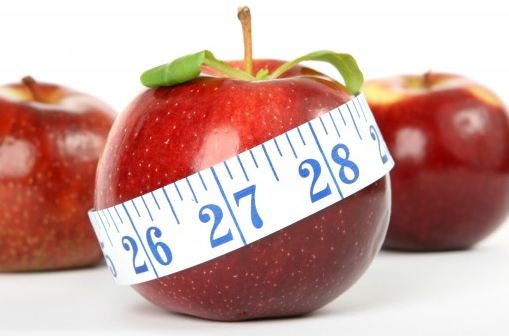Shallots might resemble a regular onion in appearance, but there are some definite differences between the two. The taste of shallots is usually described as being quite subtle and similar to a mixture of garlic and regular onions. Their shape is also more elongated, while their size is usually smaller than that of a traditional onion.
These vegetables also have lower water content and thinner peels; plus, they grow in clusters and not separately. All the same, chopping up shallots can make our eyes water and turn red just like regular onions do.
The use of shallots is also similar to onions in general, such as their role in making chili and several other diseases. However, shallots have their own nutritional profile and plant compounds. All these differences mean that shallots offer some unique and useful health benefits.
If you’ve been wondering about how to use shallots and what their benefit is, you’ve come to the right place. Below, we’ll be discussing the advantages of this veggie one by one, then seeing how we can use shallots in certain recipes:
The Origin of Shallots
Shallots, also called Allium ascalonicum L. are from the Allium family. This makes them the same species as leeks, scallions, chives, garlic, sweet onions, white onions, Vidalia, and yellow onions.
From their outer appearance, shallots might almost be mistaken for red ions. However, once you peel them, they have a very unique interior. Instead of having layers like onions usually do, shallots have bulbs or cloves like a garlic does.
Nutritional Content of Shallots
The nutritional profile of shallots have a lot to give us. Around a hundred grams of this vegetable (in chopped form) provide us with 75 calories, 2.5 grams of protein, 17 grams of carbs, 3 grams of fiber, but no fat. That amount also gives us a small yet influential percentage of our required daily intake of calcium, iron, potassium, zinc, folate, magnesium, phosphorous , etc.
The common onion also provides us with micronutrients, protein, and fiber. However shallots give us all these in a more concentrated form, which means we’ll have to eat less of it to get the same benefits.
Powerful Antioxidants
It’s also a well-researched fact that vegetables within the Allium family (such as shallots, leeks, etc.) are full of potent antioxidants as well as organosulfur compounds. All of these give the consumer a load of health benefits.
Antioxidants give our cells protection from damage from free radicals. When our bodies are exposed to a lot of unhealthy processed foods and a high level of pollutants, we risk getting free radicals in our bodies. These are elements without a necessary electron, so they try to get electrons from our body. If we neglect their presence and let them grow, free radicals could weaken our bodies and even lead to serious health issues like cancer, high cholesterol, strokes, diabetes etc.
Justa few of the major compounds in shallots include allicin, quercetin, and kaempferol. All of these provide our bodies with antioxidant activity, which is essential for a healthy, clean system.
One study has shown how shallots have the highest amounts of antioxidants when compared to ten other kinds of onions. It’s also been noted that after chives, shallots have the strongest antioxidants as well.
Relieving Allergy Symptoms
An allergic reaction can be both uncomfortable and dangerous. Such an occurrence usually makes our bodies release histamine, targeting issues like watery eyes, hives, swollen tissue, and persistent itching.
With the high levels of quercetin in shallots, we might be able to manage our nose and eye-related symptoms when the next seasonal allergies roll around.
Quercetin is a sort of plant flavonoid that helps in controlling and decreasing allergy symptoms. It acts like a natural antihistamine, since it prevents this chemical from declining and releasing.
If we take the time to check medicine labels, we’ll see that quercetin is one of the main ingredients inside the composition of allergy medications for seasonal issues. We can also find it in the natural-based health supplements that might be able to get milk allergy symptoms under control.
Antimicrobial Components
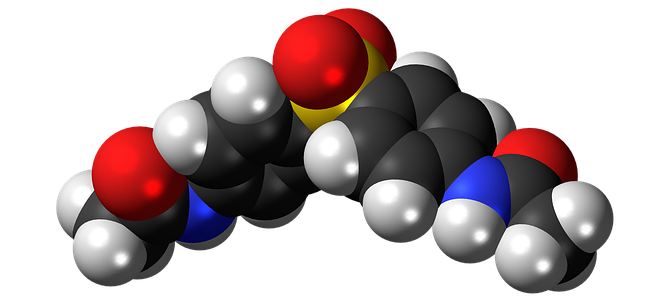
Studies have shown how even adults who suffer from seasonal allergies might have to face milder symptoms after consuming shallots regularly. There was another source which states how applying a shallot extract to cold sores can greatly reduce the latter’s duration. Finally, we may also use shallot extract (in its diluted form) as a mouthwash. It’s been known to inhibit mouth bacteria for around a day at a time. This is an impressive feat and probably more than medical synthetic disinfectants can do.
Support of Blood Circulation and Heart Health
The compounds on shallots also have the potential to lower our chances of developing heart disease. Since shallots have a high level of thiosulfinates, harmful blood clots may not form so easily or quickly.
Allicin is also present in shallots, which is a compound that can release nitric acid. The effect here is to lower blood pressure, improve blood circulation, and reduce stiffness in the blood vessels.
Another study determined that supplementing with allicin daily lowered high cholesterol and triglyceride levels in rats, protecting against atherosclerosis — the buildup of plaque in arteries that can lead to heart disease (25Trusted Source).
Other Benefits
The benefits above are probably enough for us to add shallots in our diets more often. There are a few more of these, including the following:
- Helping to lose weight: Certain studies suggest that shallot compounds could help to prevent the accumulation of fat in our body and hence a lower percentage of body fat in general.
- Blood sugar improvement: The plant compounds in this vegetable can also help us control our blood sugar levels along with improving our insulin sensitivity.
- With the healthy weight, we also lower our risk of getting obese.
Ideas on Adding Shallots to Everyday Meals
If we’re already used to eating a certain way, it could be challenging to add a new ingredient on a daily basis. You have to start from somewhere, though, and the mild taste of shallots along with their versatility makes them a fairly easy addition. Here are a few ideas for making and including shallots in our daily or weekly meals:
- Roasting some cloves of shallot and serving with dip
- Grilling on a barbeque grill along with toy, other vegetables, meat, etc.
- Adding chopped-up shallots to soups, quiches, pasta, stir-fries, homemade pizza, etc.
- Sprinkling minced shallots into sauces and dressing
- Adding finely chopped shallots to yogurt for a healthy and beneficial snack
- Substituting three shallots in the place of a whole regular onion in any recipe that calls for such ingredients. However, keep in mind that the replacement will result in a milder flavor than with a whole onion.
Conclusion
From the discussion and information above, it’s evident that shallots are a very nutritious choice. We can easily consume them more often and in many ways. The research about high antioxidant levels is very heartening, as we all need help in cleaning our bodies and ridding them of oxidative stress, inflammation ,etc. At the very least, consuming more shallots will get us some variety in our diet. All in all, it seems like they’re a viable option and one to be tried out very soon.

